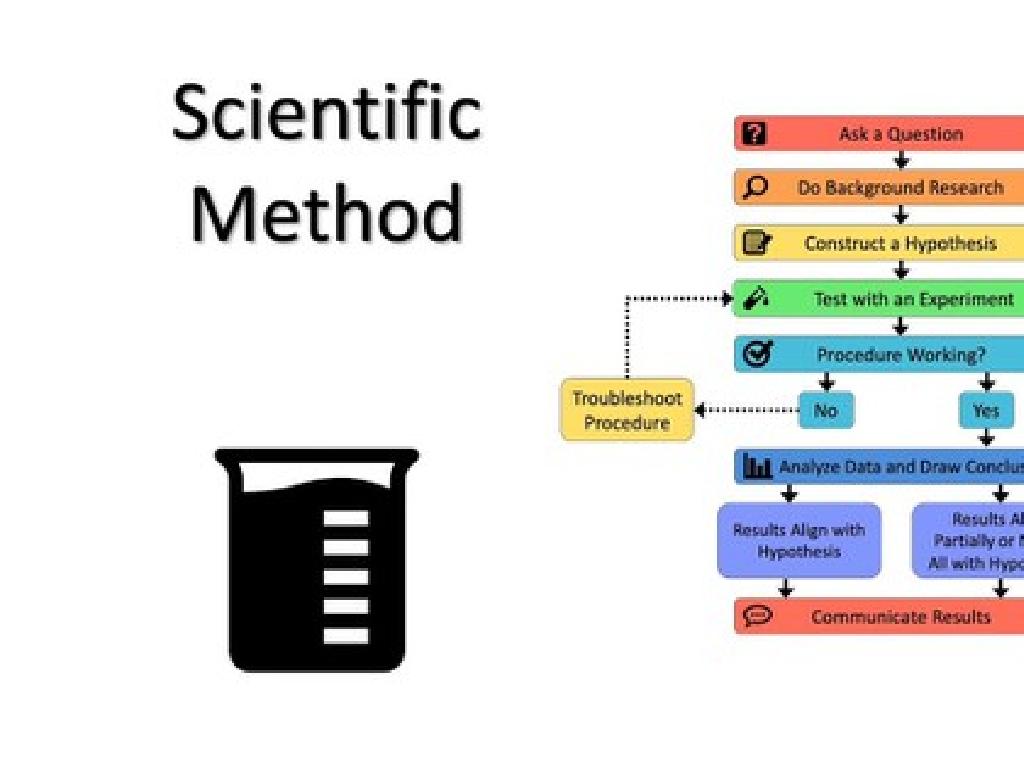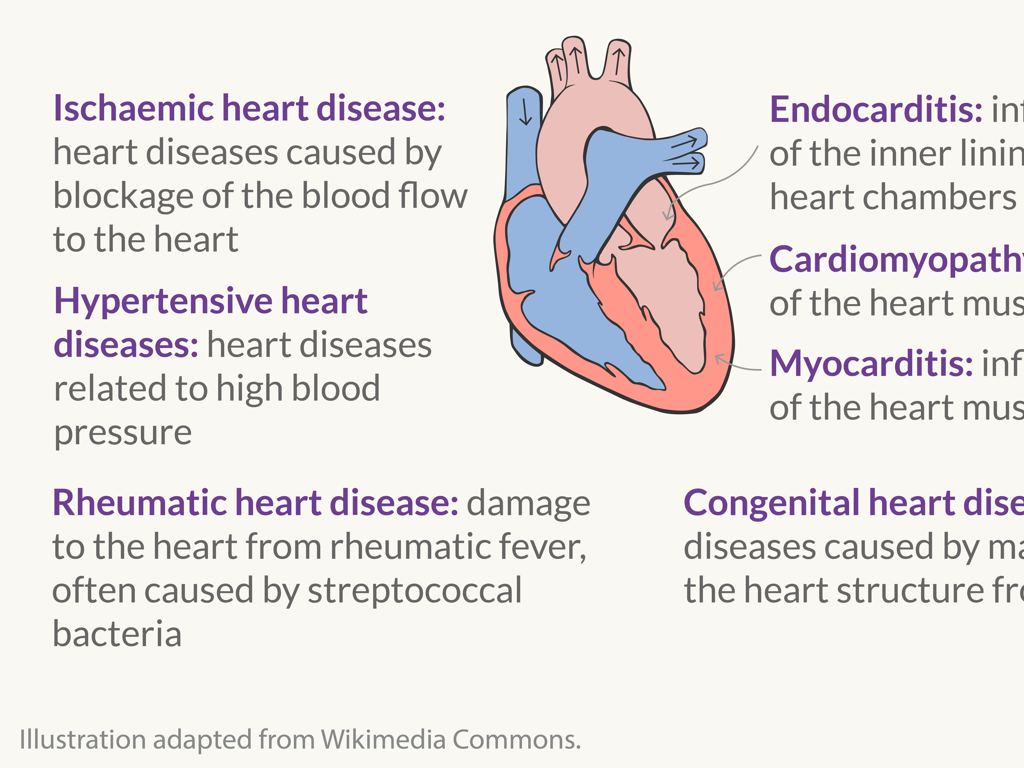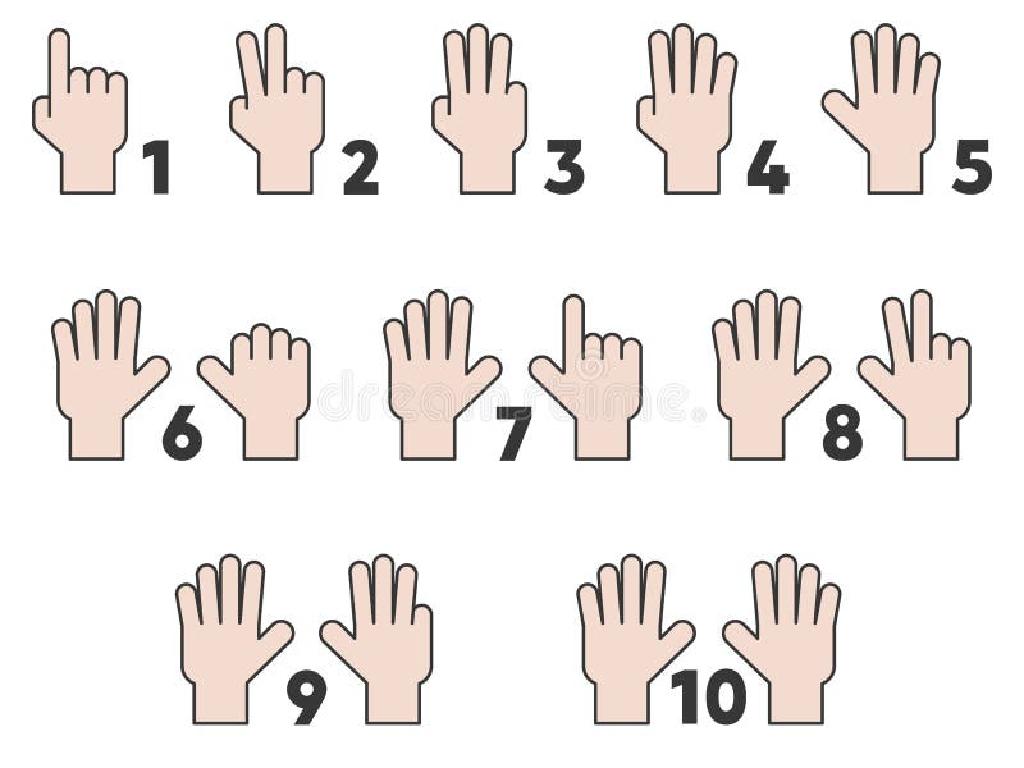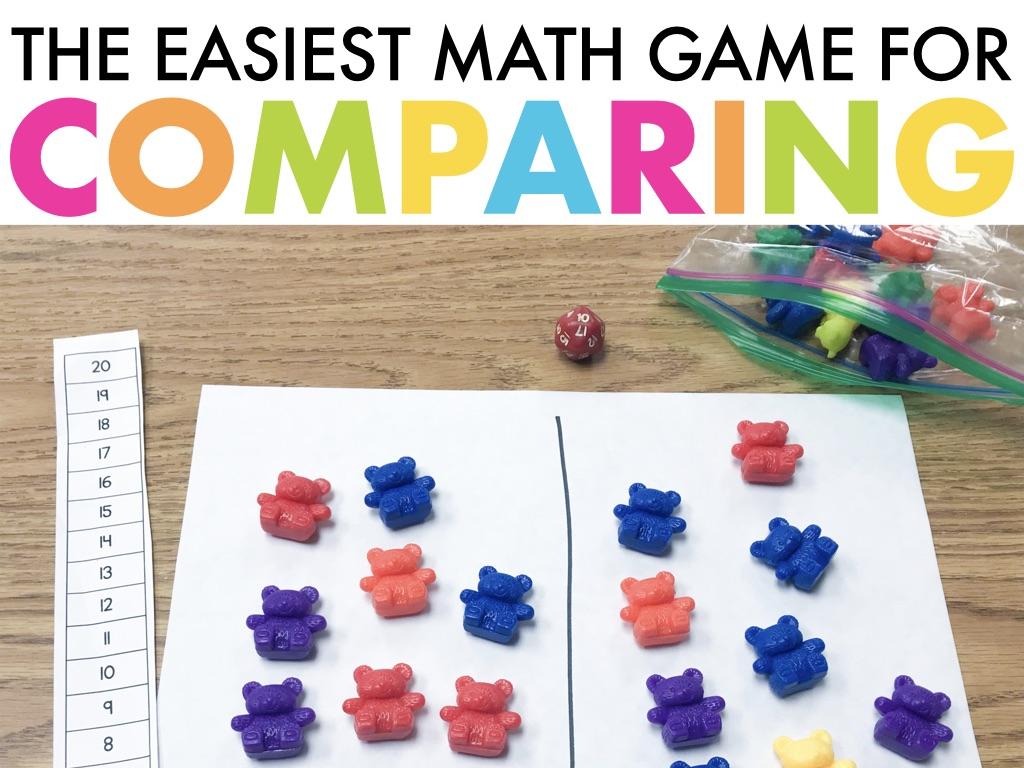Add, Subtract, Multiply, And Divide Fractions And Mixed Numbers: Word Problems
Subject: Math
Grade: Seventh grade
Topic: Operations With Fractions
Please LOG IN to download the presentation. Access is available to registered users only.
View More Content
Mastering Fraction Operations
– Quick recap of fractions
– Fractions represent parts of a whole
– Steps for adding & subtracting
– Find common denominators, then add or subtract numerators
– Multiplying & dividing fractions
– Multiply numerators and denominators, simplify if needed
– Fraction operations in real life
– Use fractions for cooking, budgeting, and time management
|
Begin with a brief review of what fractions are and how they represent parts of a whole, ensuring students recall the basics. Then, move on to the specific operations, starting with addition and subtraction of fractions, emphasizing the need for common denominators. Next, explain the process of multiplying and dividing fractions, highlighting the simplicity compared to addition and subtraction since it doesn’t require a common denominator. Conclude by discussing real-life scenarios where understanding how to manipulate fractions is essential, such as in recipes, dividing up money, or calculating durations. Provide examples and encourage students to think of other areas where fractions are used. This will help them see the relevance of fractions in everyday life and engage them in learning.
Adding Fractions with Different Denominators
– Review common denominators
– Common denominators are essential for adding fractions.
– Steps to add fractions
– Align fractions over a common denominator, then add numerators.
– Example: 1/4 + 3/8
– Convert 1/4 and 3/8 to have the same denominator, then add.
– Practice problem set
– Solve problems to reinforce the concept.
|
Begin with a review of how to find common denominators, as this is crucial for adding fractions with different denominators. Walk through the process step by step: find the least common denominator (LCD), convert each fraction to an equivalent fraction with the LCD, and then add the numerators while keeping the denominator the same. Use the example of adding 1/4 and 3/8 to illustrate the process, showing how to convert 1/4 to 2/8 so that both fractions have a common denominator of 8. After adding the numerators, the result is 5/8. Provide a set of practice problems for students to work on, ensuring they apply the steps learned. This will help solidify their understanding and prepare them for more complex operations with fractions.
Subtracting Fractions
– Similar to adding fractions
– Use the same denominator for both fractions
– Subtract with unlike denominators
– Find a common denominator before subtracting
– Example: 5/6 from 3/4
– Convert 3/4 to 4/6, then subtract 5/6 to get -1/6
– Simplify after subtraction
– Always reduce fractions to simplest form
|
When teaching subtraction of fractions, start by highlighting the similarities with addition, such as the need for a common denominator. Explain that finding a common denominator is crucial before subtracting fractions with unlike denominators. Use the example of subtracting 5/6 from 3/4 to illustrate the process: convert 3/4 to 4/6 to align the denominators, then subtract to find the difference. Emphasize the importance of simplifying the result to its simplest form. Provide additional practice problems with varying levels of complexity to ensure students grasp the concept. Encourage students to verbalize their thought process as they work through the problems to reinforce their understanding.
Multiplying Fractions: Techniques & Examples
– Multiplication as repeated addition
– Cross-cancellation before multiplying
– Reduce fractions first to make multiplication easier
– Example: Multiply 2/3 by 4/5
– 2/3 x 4/5 = 8/15 after simplification
– Practice with word problems
|
When we multiply fractions, we’re essentially adding the first fraction to itself as many times as the second fraction indicates. It’s crucial to simplify fractions before multiplying to make the process more efficient, known as cross-cancellation. For example, when multiplying 2/3 by 4/5, we can multiply the numerators together (2 x 4) and the denominators together (3 x 5) to get 8/15. Encourage students to practice this technique with various word problems to solidify their understanding and ability to apply it in different contexts.
Dividing Fractions: Flipping and Multiplying
– Understand the reciprocal
– Reciprocal of a number is 1 divided by that number, e.g., reciprocal of 1/2 is 2/1
– Divide by flipping and multiplying
– To divide fractions, multiply by the reciprocal of the divisor
– Example: Divide 7/8 by 1/2
– 7/8 ÷ 1/2 becomes 7/8 × 2/1 = 14/8, which simplifies to 1 3/4
– Practice with different fractions
|
This slide introduces the concept of dividing fractions for seventh-grade students. Begin by explaining the reciprocal, which is simply flipping the numerator and denominator of a fraction. Emphasize that dividing by a fraction is the same as multiplying by its reciprocal. Use the example of dividing 7/8 by 1/2 to illustrate the process: flip the second fraction to get its reciprocal (2/1) and then multiply it with the first fraction (7/8). Simplify the result to get the final answer. Encourage students to practice this method with different fractions to build their confidence and understanding. Provide additional examples and practice problems in class to reinforce the concept.
Operations with Mixed Numbers
– Convert mixed numbers to improper fractions
– Multiply the whole number by the denominator, add the numerator
– Perform operations on mixed numbers
– Use equivalent improper fractions to add, subtract, multiply, or divide
– Example: Add 2 1/3 and 3 2/5
– 2 1/3 becomes 7/3 and 3 2/5 becomes 17/5, then add
|
This slide focuses on understanding how to work with mixed numbers in various operations. Start by converting mixed numbers to improper fractions, which simplifies the process of addition, subtraction, multiplication, and division. For example, to add 2 1/3 to 3 2/5, first convert them to improper fractions: 2 1/3 becomes 7/3 and 3 2/5 becomes 17/5. Then find a common denominator and proceed with the addition. This method can be applied to all operations with mixed numbers. Encourage students to practice with additional examples and ensure they understand each step before moving on to more complex problems.
Solving Fraction Word Problems
– Determine the correct operation
– Break down the problem into steps
– Understand the question, identify fractions, and decide: add, subtract, multiply, or divide?
– Example problem: Pizza fractions
– If 3/4 of a pizza is left and you eat 2/8, how do you find out what’s left?
– Calculate the remaining pizza
– Subtract the eaten fraction from the total: 3/4 – 2/8 = ?
|
This slide is aimed at teaching students how to approach word problems involving fractions. Start by reading the problem carefully to understand what is being asked. Then, identify the fractions involved and decide which operation to use based on the context of the problem. For the example provided, guide students through the process of finding a common denominator to subtract the fractions (2/8 is the same as 1/4). After subtracting, students should be able to calculate that 1/2 of the pizza is left. Encourage students to visualize the problem with a drawing of a pizza to enhance understanding. Provide additional practice problems for students to solve independently, ensuring they grasp the concept of operations with fractions in word problems.
Class Activity: Fraction Scavenger Hunt
– Find classroom objects as fractions
– Create word problems with fractions
– Use objects found to frame real-world fraction problems
– Pair up for problem-solving
– Exchange problems with a partner and work them out
– Discuss solutions and methods
– Share how you solved the problems and the strategies used
|
This interactive activity is designed to help students apply their knowledge of fractions in a fun and engaging way. Students will search the classroom for objects that can represent fractions, such as a half-eaten apple or a book divided into chapters. They will then use these objects to create their own word problems involving addition, subtraction, multiplication, or division of fractions. Afterward, students will pair up and exchange their problems with their partner, challenging each other to solve them. This peer-to-peer activity not only reinforces their understanding of fractions but also enhances their problem-solving and critical thinking skills. As a teacher, facilitate the activity by providing guidance and ensuring each student participates. After solving, lead a discussion on the different methods used to find solutions, emphasizing the importance of clear and logical reasoning in math.
Wrapping Up: Fractions Mastery
– Recap of fraction operations
– Practice is key to mastery
Regular practice solidifies understanding of adding, subtracting, multiplying, and dividing fractions.
– Homework: Fraction word problems
Worksheet includes a variety of problems to apply today’s lesson.
– Bring questions to next class
Review homework in the next class; don’t hesitate to ask if you’re unsure about a problem.
|
As we conclude today’s lesson on operations with fractions, remind students of the key concepts covered. Emphasize the importance of practice in mastering the skills of adding, subtracting, multiplying, and dividing fractions and mixed numbers. Assign the provided worksheet for homework, which contains word problems to reinforce their understanding. Encourage students to attempt all problems and bring up any questions or difficulties in the next class. This will help identify areas that may need further clarification and ensure that all students are on track with their understanding of fraction operations.






